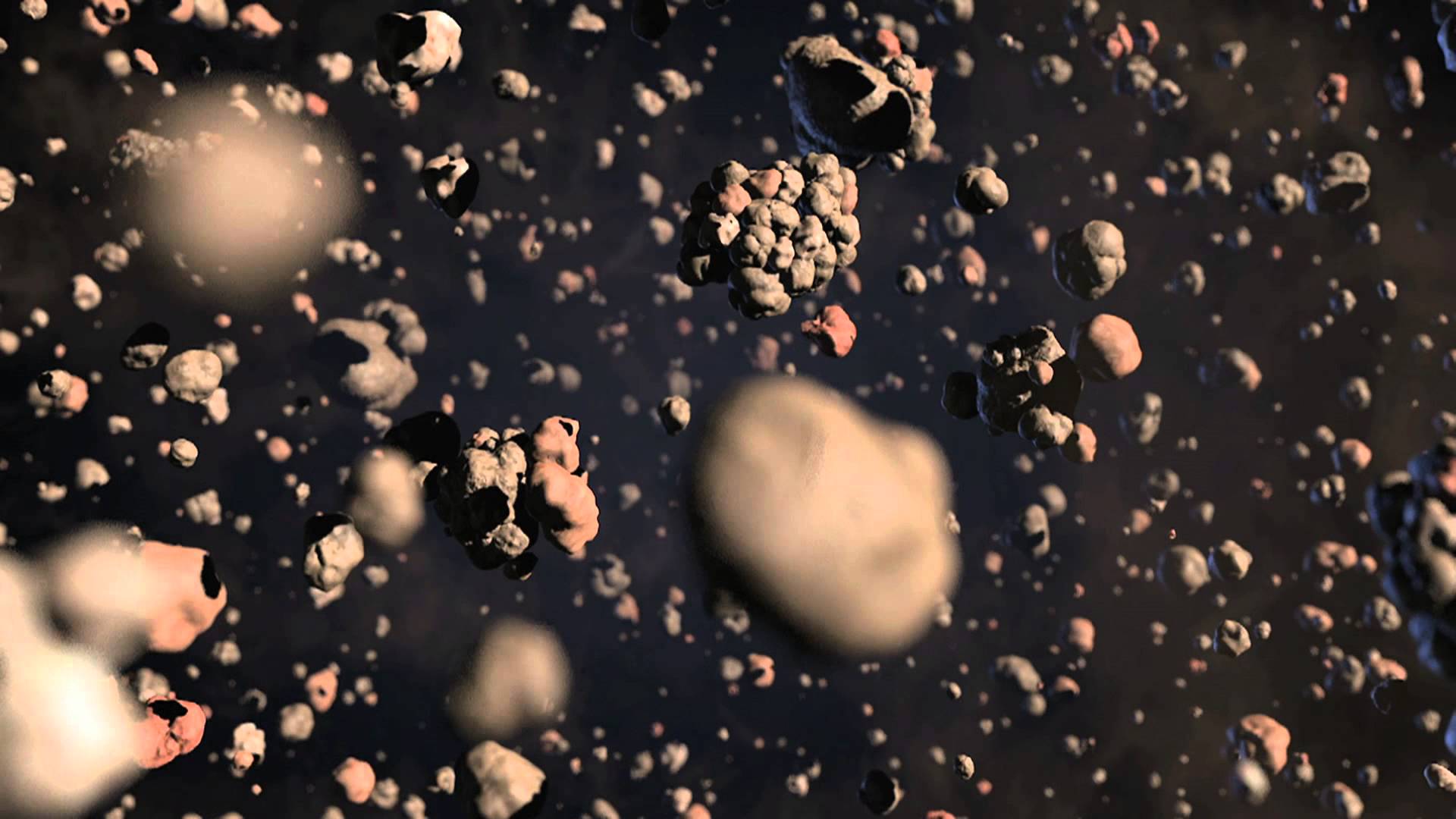Here is a lot more detail on the process and description of what they illustrate in the video:
From ESO. Astronomers now know that planets around other stars are plentiful. But they do not fully understand how they form and there are many aspects of the formation of comets, planets and other rocky bodies that remain a mystery. However, new observations exploiting the power of the ALMA telescope array are now answering one of the biggest questions: how do tiny grains of dust in the disc around a young star grow bigger and bigger — to eventually become rubble, and even boulders well beyond a metre in size?
Computer models suggest that dust grains grow when they collide and stick together. However, when these bigger grains collide again at high speed they are often smashed to pieces and sent back to square one. Even when this does not happen, the models show that the larger grains would quickly move inwards because of friction between the dust and gas and fall onto their parent star, leaving no chance that they could grow even further.
Commenter Journeyma posted this question/comment:
I don’t get the whole dust to planets scenario. It is most likely that gas planets formed first then their gravitational pull, pulled in the dust particles and under immense pressure of the gas giant were pressed tighter and tighter till a rocky planet was formed and displace the gaseous part of the now rocky planet.
Do you think this commenter is right? Or do you have a theory of your own to contribute? Feel free to comment.
thanks to hubblesite.org for the great info
